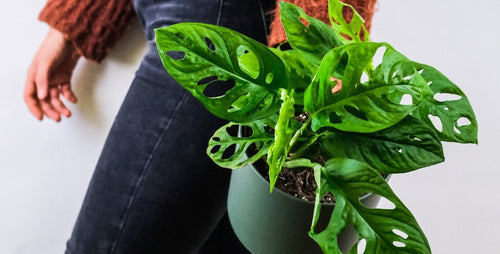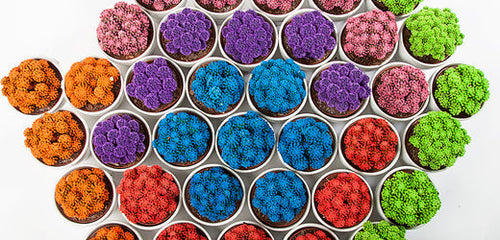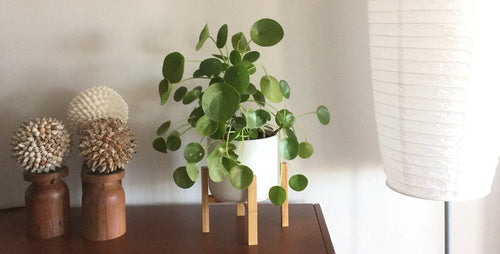
I admit it, I’m a plant
hoarder. Once I become interested in a plant, especially if it comes in a wide variety of shapes and colors, I can’t
stop myself. I become obsessed with collecting every specimen I can find (I’ve even hauled plants home in my suitcase
that I’ve discovered in garden centers around the country). When I lived in Iowa, for example, I started collecting agaves. I don’t know what attracted them to me in the beginning,
but I soon became addicted to these super spikey beauties, collecting over a dozen different types, each one more
interesting than the next. But sadly, none of these desert natives could handle Iowa’s cold winters so every fall I’d
have to lug them into the house for the season, a task that often left me bloody and bandaged.
Now that I’m older and hopefully a bit wiser, I have a new passion: ivies. These handsome holiday favorites come in an almost unlimited
selection of leaf shapes and colors. They are also super versatile, living happily in a hanging basket, urn, or trained
on a topiary cone or ring. You can also grow ivies in a pot by themselves or with filler plants in a mixed container
alongside annuals, perennials, or houseplants.

I’m particularly
fond of ivies with variegated leaves and, in particular, those with gold and yellow markings such as Gold Dust, Gold
Baby, Yellow Ripple, Manda’s Yellow, and Lauren’s Lace. But those with silver or white patterns are also drop dead
gorgeous and look terrific inter-planted with the gold ones. Varieties with white or silver markings include: Adam,
Ingrid Liz, Jubilee, Little Hermann, Millennium, Mini Adam, Silver Bells, Silver Dollar, Silver Lace, Surprise,
Primadonna, Nena, Mint Kolibri, and Sarah.
With ivies you also get to select from different leaf shapes. My
Heart ivy, for example, produces large dark green heart-shaped foliage while Fluffy Ruffles ivy sports wavy, ruffled
leaves. Those ivies with pretty, narrow leaves include Hermania, Hester, Spearpoint, and Starling.
It’s
easy to see how these darling little plants are so collectible. Plus, they’re a traditional plant for holiday decorating
and make excellent gifts for the plant lover on your shopping list.
Ivy Care Tips
Ivies are super easy to grow as long as you provide them some basic care. Here are a few quick tips for success that I’ve
discovered over the years.--Ivies like cool conditions and hate direct sunlight. In my house I’ve had the best luck with them in a north or east-facing window. Never place them near any type of heat source
--Be on the lookout for spider mites. These nasty pests love ivies almost as much as I do and will suck your plants dry, especially during the winter when the air in your house is dry. Look for tiny webs on the undersides of the foliage and individual leaves that look dry and pale. Mist your plants frequently and keep them in a cool room to keep spider mites at bay.
--During the winter, keep your plants just barely moist, but not wet, at all times. When spring comes, water whenever the soil just starts to dry.
--Trim your plants at any time if they get too long or rangy. You can root cuttings in water to start new ivies.
Get more tips for growing ivy indoors!
Written by Doug Jimerson

















